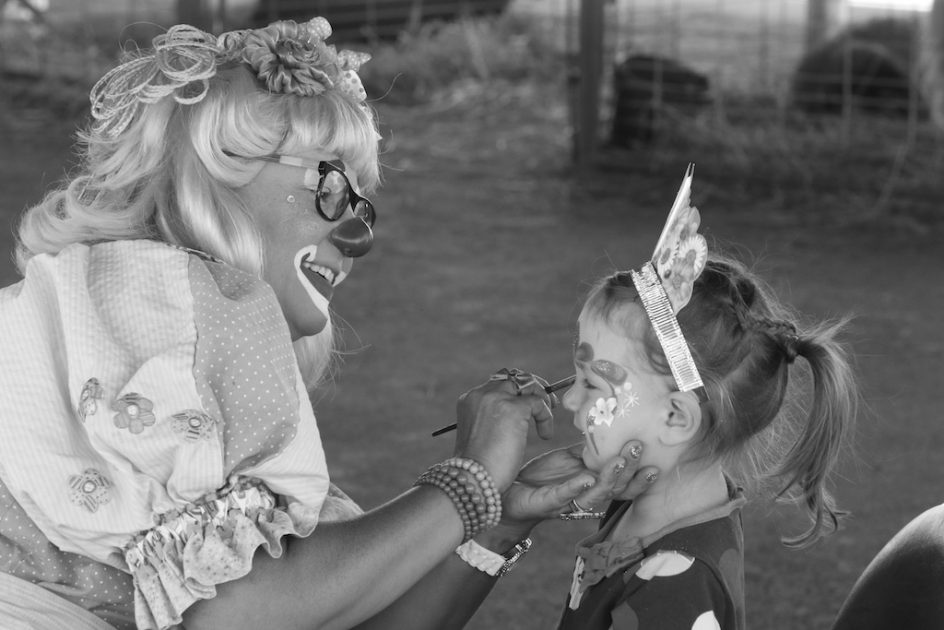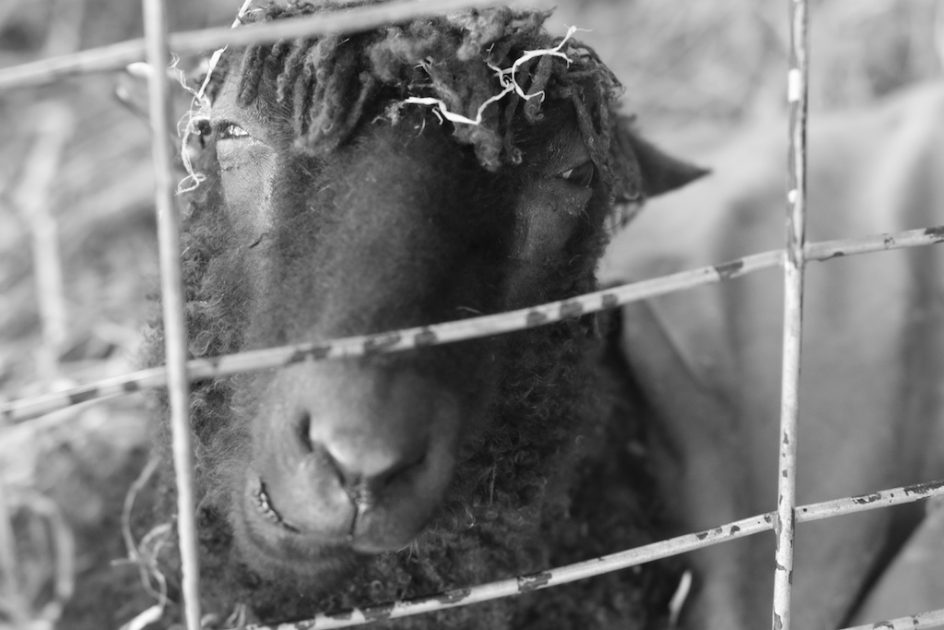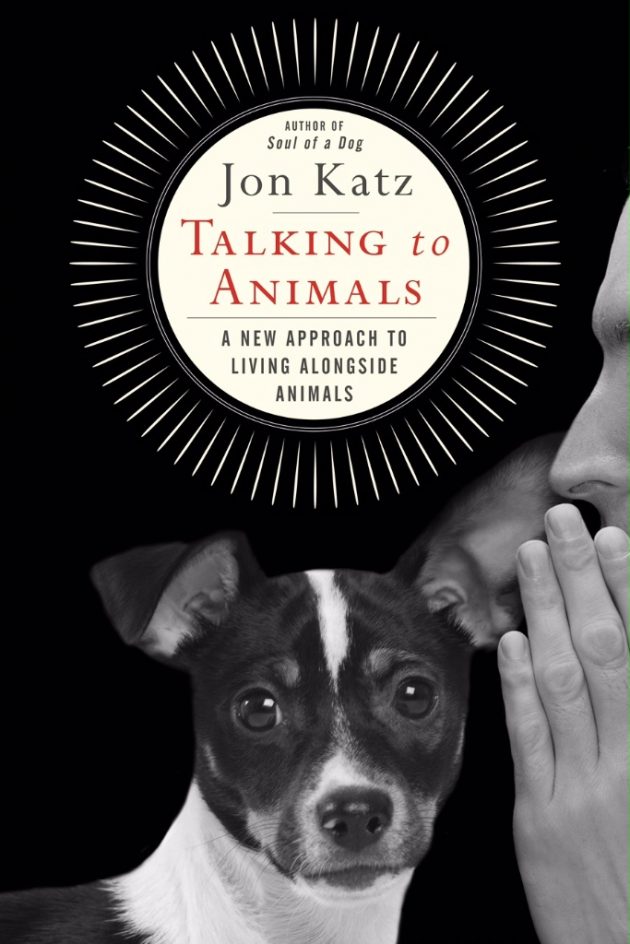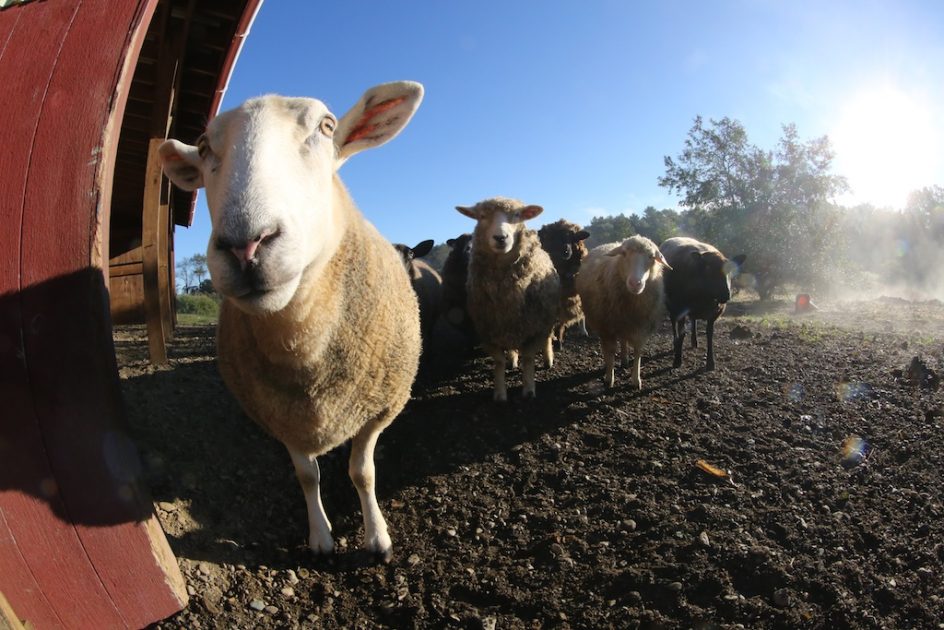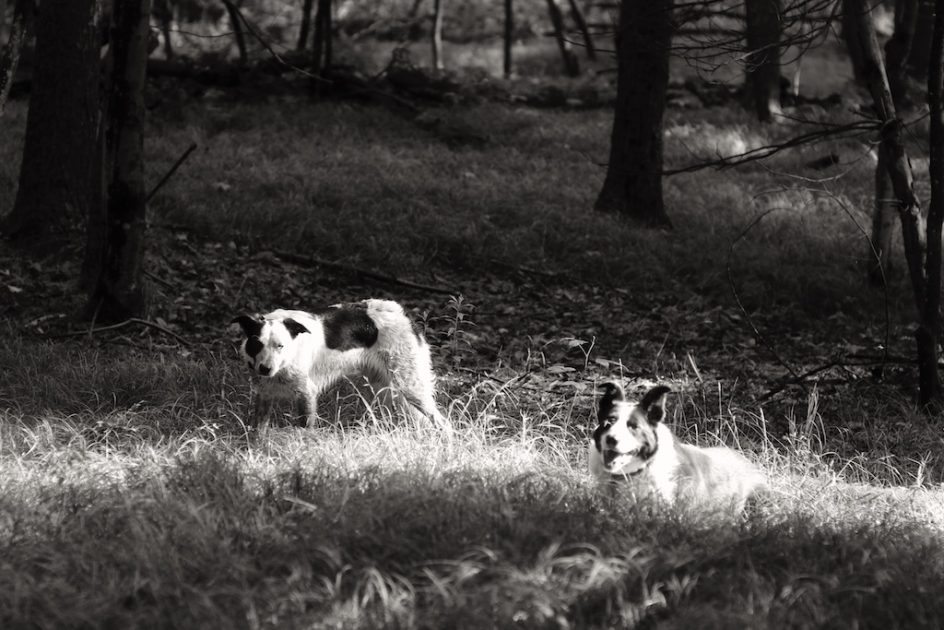
Tomorrow, as 100 million fellow citizens prepare to watch what we still insist on calling a debate, I am going to get up early and read more of Peter Wohllenbehn’s wondrous new book The Hidden Life Of Trees, a runaway bestseller in Europe, just published here.
It seems strange to say it, but I think I can learn much more from trees that I can learn for the angry and fearful spectacle we call politics. I am not sure there is anything there for me, but I know there is much I can learn from the trees, I am already learning from them.
(A debate is an argument between individuals, says the dictionary. “More important,” says debate.com, “it is an essential tool for developing and maintaining democracy and open societies. More than a mere verbal or performance skill, debate embodies the ideals of reasoned argument, tolerance for divergent points of view and rigorous self-examination.“)
I think I have missed the ideals of reasoned argument, tolerance for other points of view, and rigorous self-examination.
Is that really what so many of us will be watching tonight, a debate? I think there is more reason and tolerance in trees than in our political system. How strange for me to be equating these two seemingly different things. The truth is one will upset me, the other inspire me.
The biggest surprise for me in this wonderful book about trees, written by scientist and life-long tree scholar Wohllenbehn, is how social trees are, how much they care for one another, talk to one another, form social networks with each other. The trees in a forest live much longer than human beings, are infinitely more patient.
They take care of each other, sometimes going so far as to nourish the stump of a felled tree for centuries after it was cut down or fallen, they feed it sugar and other nutrients to keep it alive. A tree’s most important means of staying connected to other trees, says Wohllenbehn, is a “wood wide web” of soil fungi that connects vegetation in an intimate network that allows the sharing of information and nourishment.
Trees need each other, it takes a forest to create a micro-climate suitable for tree growth and sustenance. Isolated trees have much shorter lives than trees connected together in the forests.
The book, said one reviewer, is a wonderland and this is accurate. But reading it, I was awakened to the shock of understanding that trees are far superior to us in almost every way other than violence and anger and destructiveness. They are wise in the ways of the earth, sensitive to the environment and to one another. Trees leave room for other trees to share sunlight and rain, they warn one another of ravaging insects, and try to prepare for harsh winters or droughts.
Could it really be that trees are so far ahead of human beings when i comes to recognizing the urgency of climate change, and the bleeding and suffering of Mother Earth? Trees do not belittle and assault one another in a struggle for leadership, they share resources, help one another, live peacefully and accept their astonishing reality.
I am open to trees, and to learning from them, something I cannot imagine having said a few years ago, or felt. A women from San Francisco e-mailed me this morning to thank me for writing about the trees, she said she has been loving them and learning from them for some years (as has Maria). I guess we are different, she said.
I guess so. On this day, I will think about how much we can learn from trees, and how evolved and sensitive and caring they are. I keep wondering how we can be more like them, instead of simply chopping them down when we need something from them.
“Every day in the forest was a discovery for me,” wrote Wohllenbehn. “This led me to unusual ways of managing the forest. When you know that trees experience pain and have memories and that tree parents live together with their children, then you can no longer just chop them down and disrupt their lives with large machines.”
Reading this, I was wondering: if we realize that human beings experience pain and have memories and that human parents live together with their children, then perhaps we will no longer chop one another down and disrupt other’s lives with large machines.
This, to me, is the great irony of the environmental movement, struggling to get away from the edges of public consciousness. If we can’t stop doing it to each other, how will we ever stop doing it us? I doubt that will come up tonight in the great “debate.”

